By Louise Irvine
A beautiful angel is often the crowning glory of the Christmas tree, but they were celebrated before the advent of Christianity. In the Bible, angels were created by God prior to man and their essence is often associated with fire. Since they are defined as pure spirits, artists have always used creative license, but initially, they were portrayed as young men and they acquired wings in early Christian art. Pour yourself an Angel Face cocktail and read how they have been portrayed in ceramic art.
Early Angels
In Judaism, angels are messengers of God and often act as interpreters and teachers of his word. The Talmud names four angels surrounding God’s throne, Michael, Gabriel, Uriel and Raphael who later became known as archangels. It was Saint John Chrysostom in the 4th century, who explained the significance of Gabriel’s wings to symbolize the sublimity of his nature. Angels are able to fly from the heavenly heights to approach humanity, often acting as guardians.
Angels in Art
Early Christian art generally represented angels with wings and inspiration was drawn from winged Greek deities such as Victory or Aurora, who flies across the sky daily to welcome the sun. The archangel Michael was often depicted as a warrior style agent of God, triumphing over a dragon or Satan. Other angels were shown in long white linen robes with a golden girdle of Revelation. They appear in many biblical paintings, notably Gabriel in the Annunciation, giving Mary the message that she will give birth to Christ. Depictions of angels were gradually combined with feminine ideals of grace and beauty. In Medieval art, senior angels were often clad in brilliant colors and Renaissance artists sometimes painted angels with multi-colored wings.
Cherubs
Classical putti re-appeared in Italian Renaissance art and were sometimes represented as just a winged head, which became known in English as a cherub. The baby angels appear frequently in Victorian ceramic art, notably in Majolica ware and Parian ware. However, cherubims are actually among the higher ranks in the Christian angelic hierarchy.
Hierarchy of Angels
In the first sphere of angels, Cherubims guard the way to the “tree of life” in the Garden of Eden and have four faces with four conjoined wings, combining a man, an ox, a lion and an eagle. Seraphims, meaning “burning ones’, are fiery six-winged beings who chant God’s praises, and the Thrones are depicted as wheels, symbolizing justice, which guard God’s throne. The second Sphere includes the Dominions who regulate angelic duties, the Virtues who are responsible for miracles, and the Powers who supervise the movements of heavenly bodies. The third Sphere relates to humans and includes the administrative Principalities, the Archangels, which guard nations, and the general angels who act as protectors and guides to humans.
Victorian Angels
The Guardian Angel was a popular theme in Victorian religious art as evidenced by Frederick Sutton’s Minton panel after a print by the German artist F. Lieber. Sutton was a very successful china painter, who worked for Worcester, Coalport, Doulton and Minton. During the 19th century, the Pre-Raphaelite painters created a new ideal of angelic beauty using the androgynous features and long flowing hair of their model Jane Burden Morris. She appeared on the tapestries, stained glass and tile panels of the Arts and Crafts movement. Sally Tuffin, the founder of the Dennis Chinaworks, interpreted these Victorian angels in a series of limited-edition vases.
Angels at WMODA shop
The Ardmore artists in South Africa have created some unusual celestial beings, including animals and humans with wings, some of which are colored like the birds in the sky. Many of Ardmore’s winged creatures have been made into Christmas tree ornaments, which are for sale at the WMODA shop. The museum also features posters and prints by the British fantasy artist, Josephine Wall, who often features angels in her paintings. Earth Angel has the universe in her wings and gently caresses our precious world bearing gifts of tranquility, harmony and peace for all.
Read more...
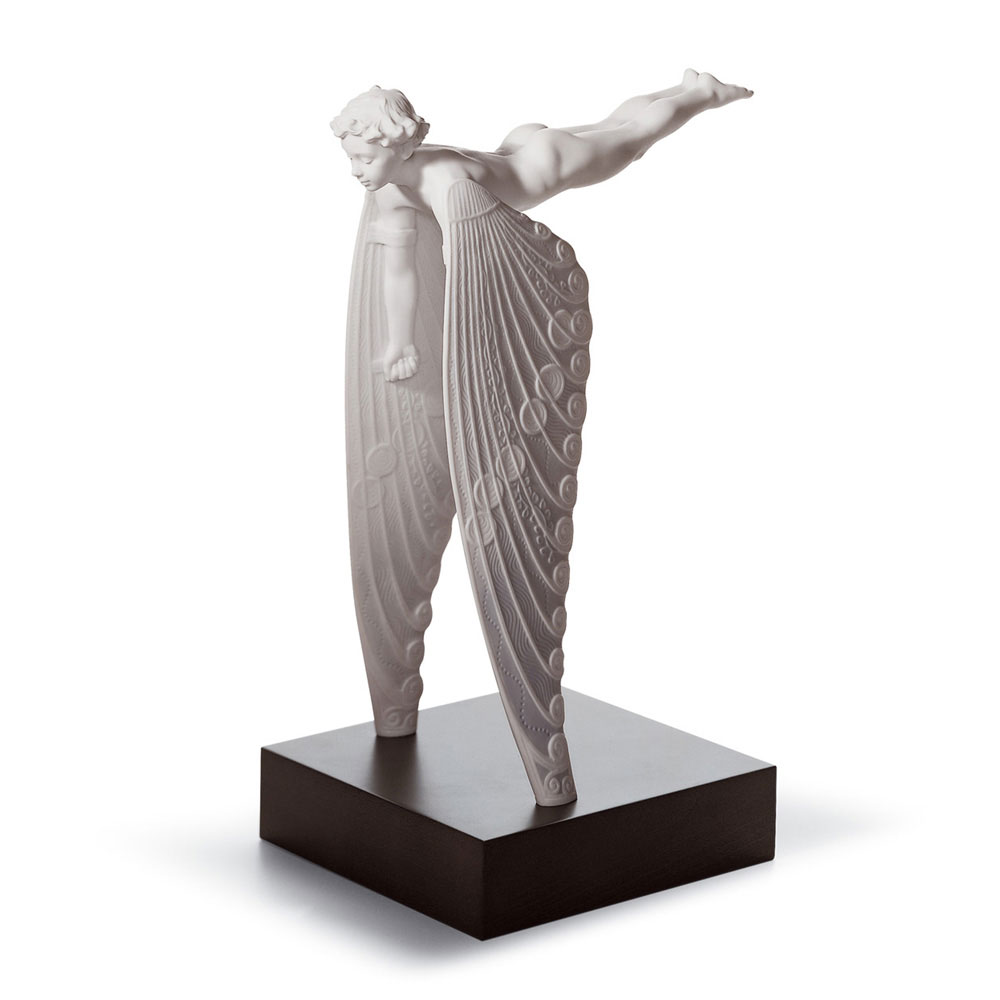
Lladro Imaginatio


Minton Guardian Angel Tile by F. H. Sutton

Staffordshire Angel Group

Angel by F. Leiber
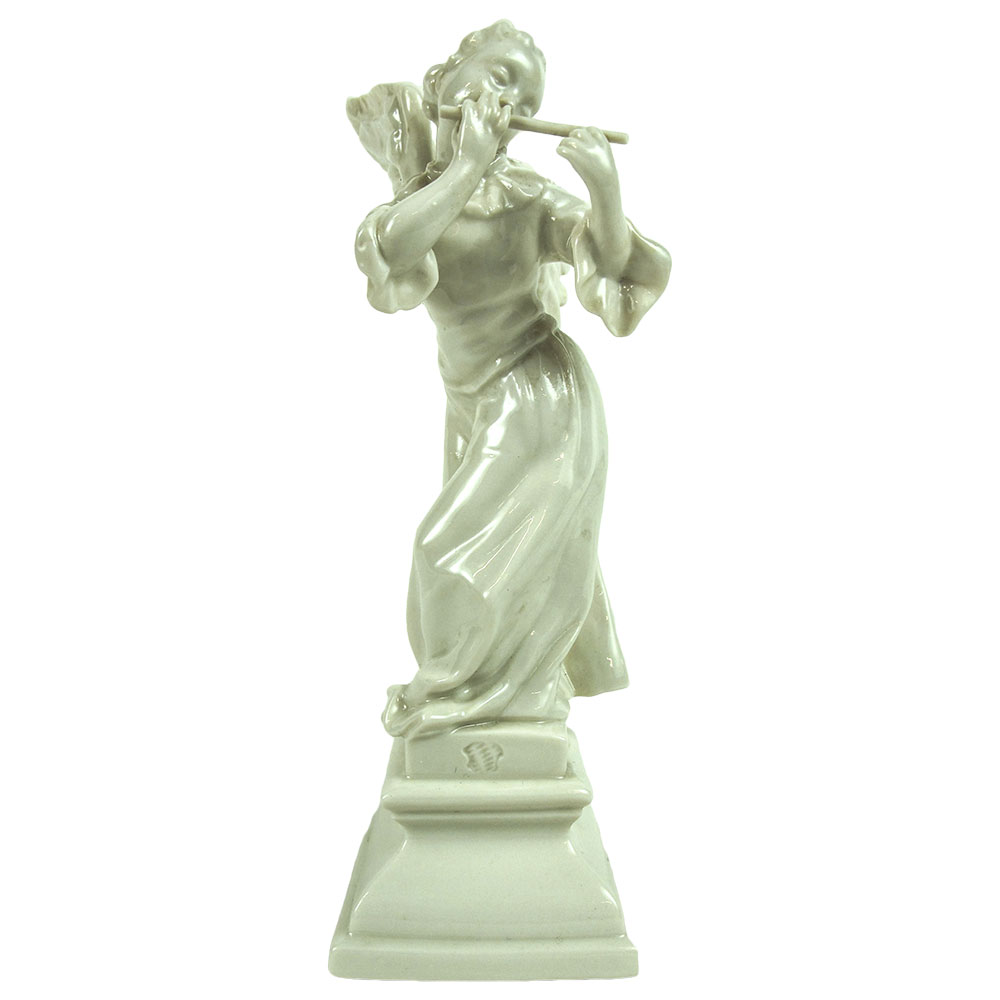
Nymphenburg Angel
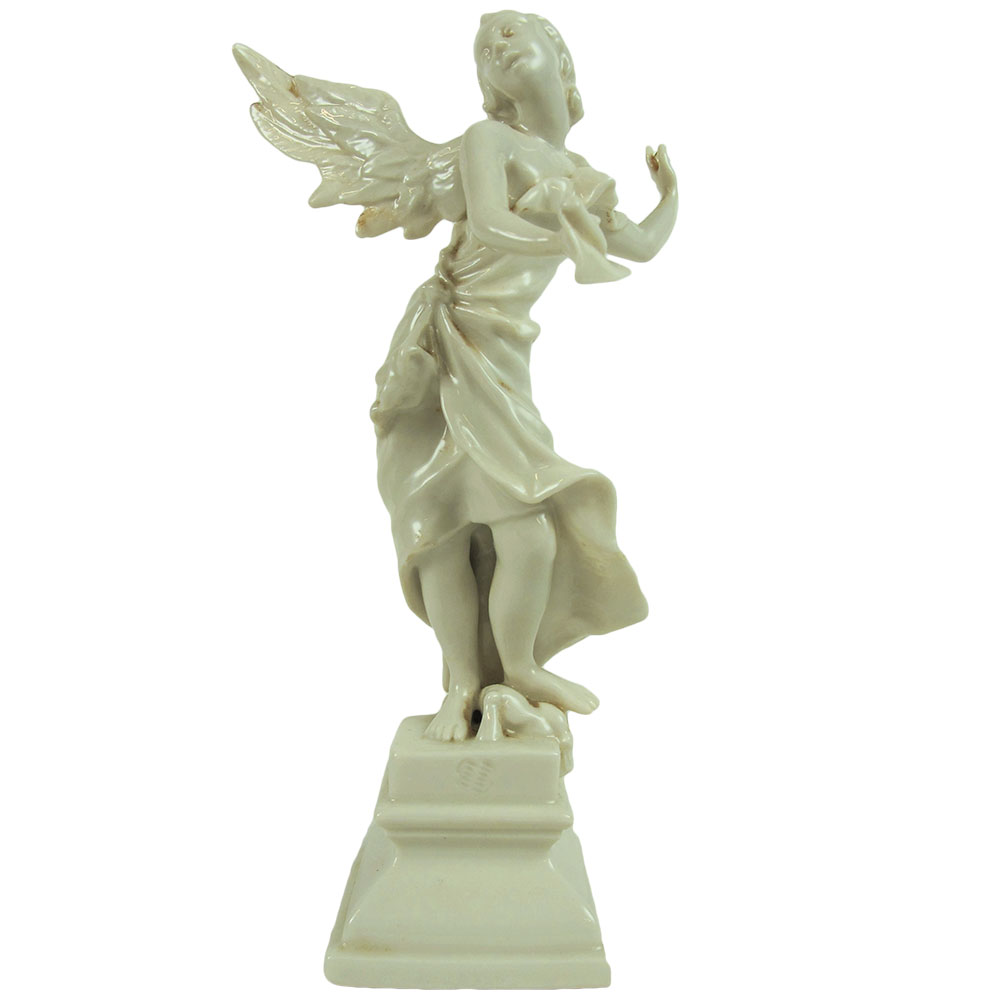
Nymphenburg Angel
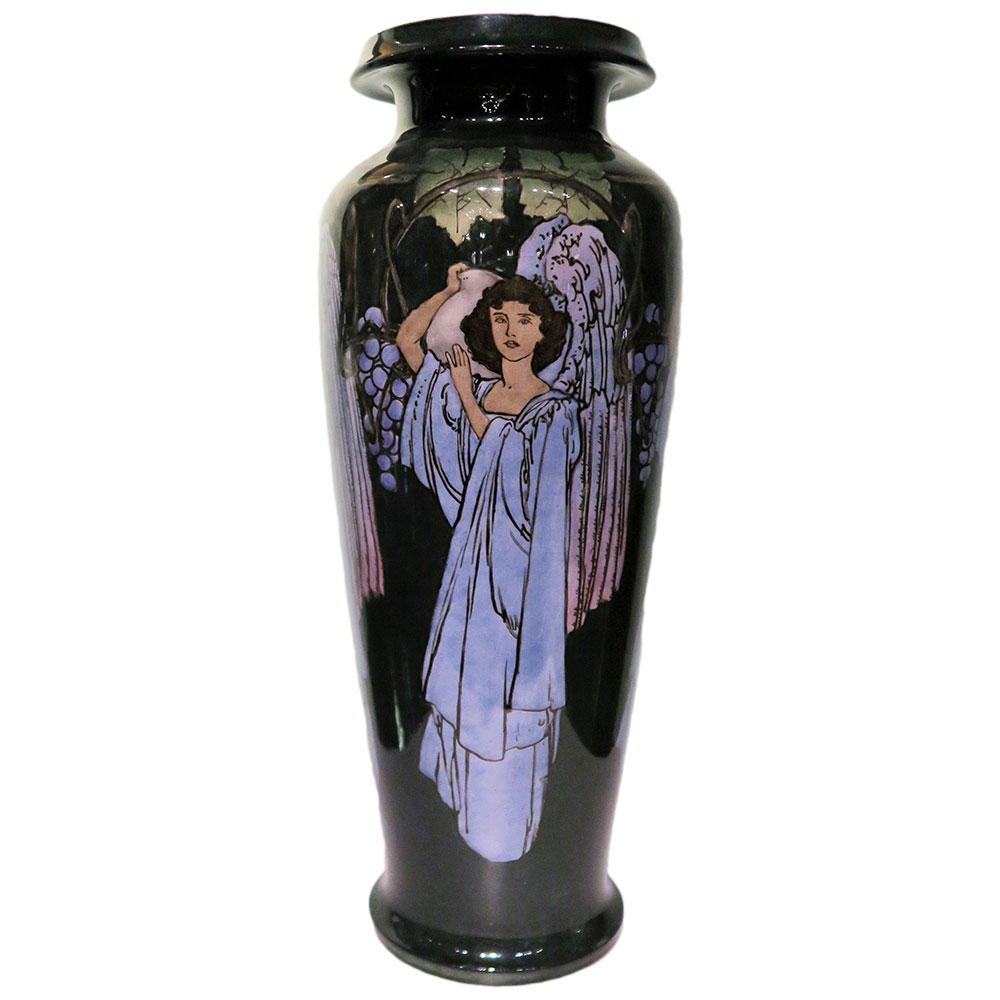
Doulton Lambeth Angel Vase by M.E. Thompson
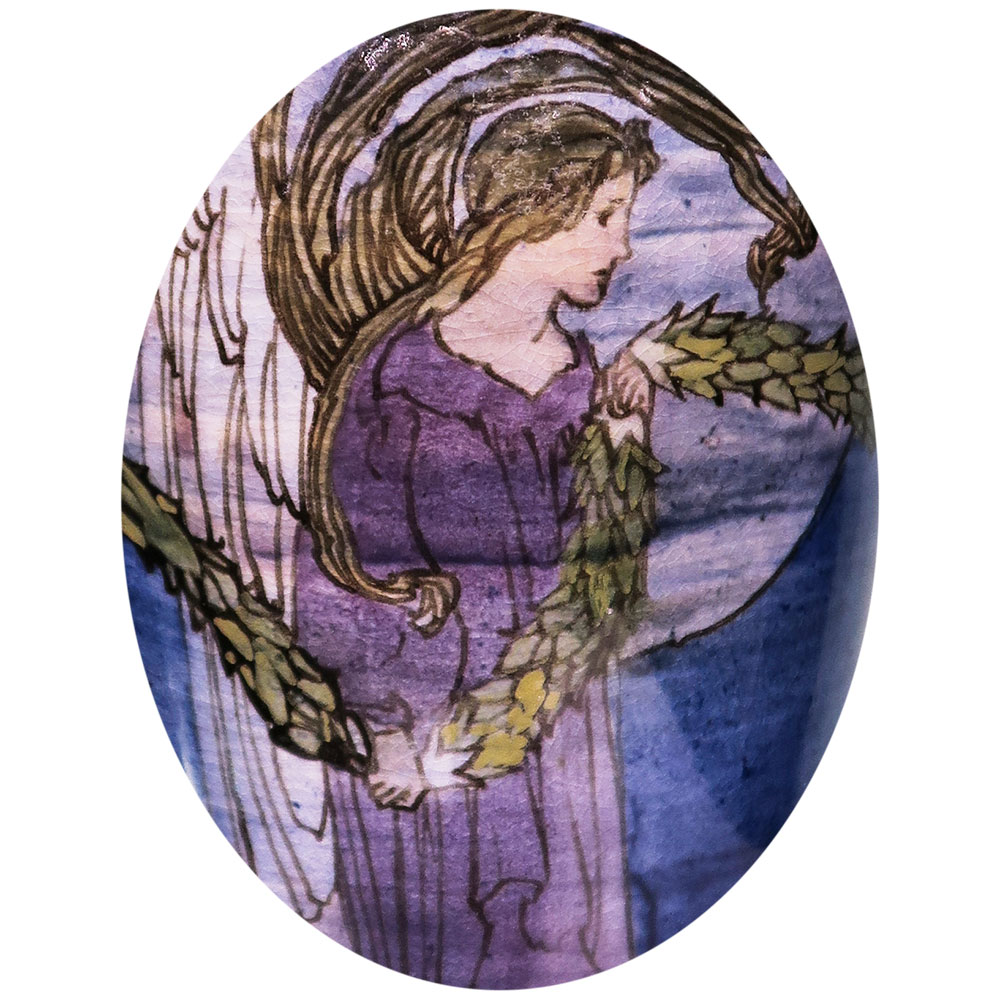
Doulton Lambeth Angel detail by M.E. Thompson
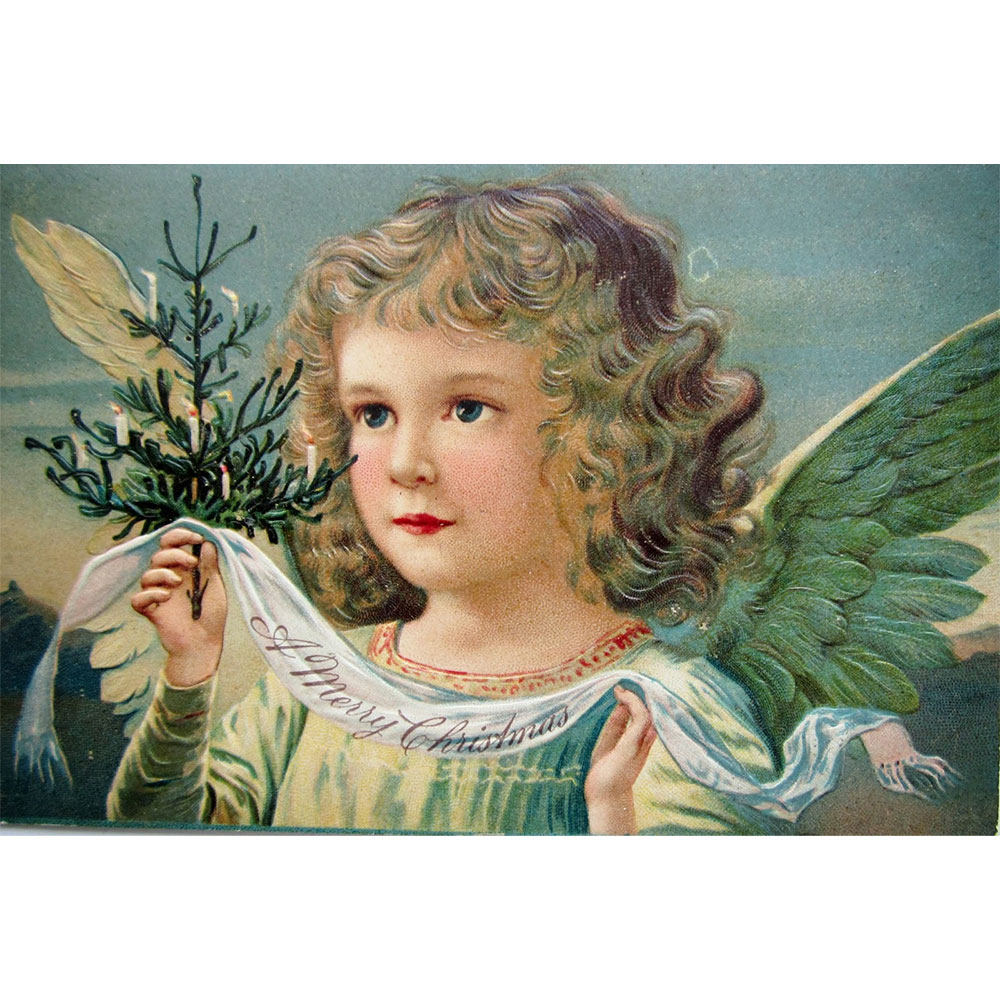
Victorian Christmas Card
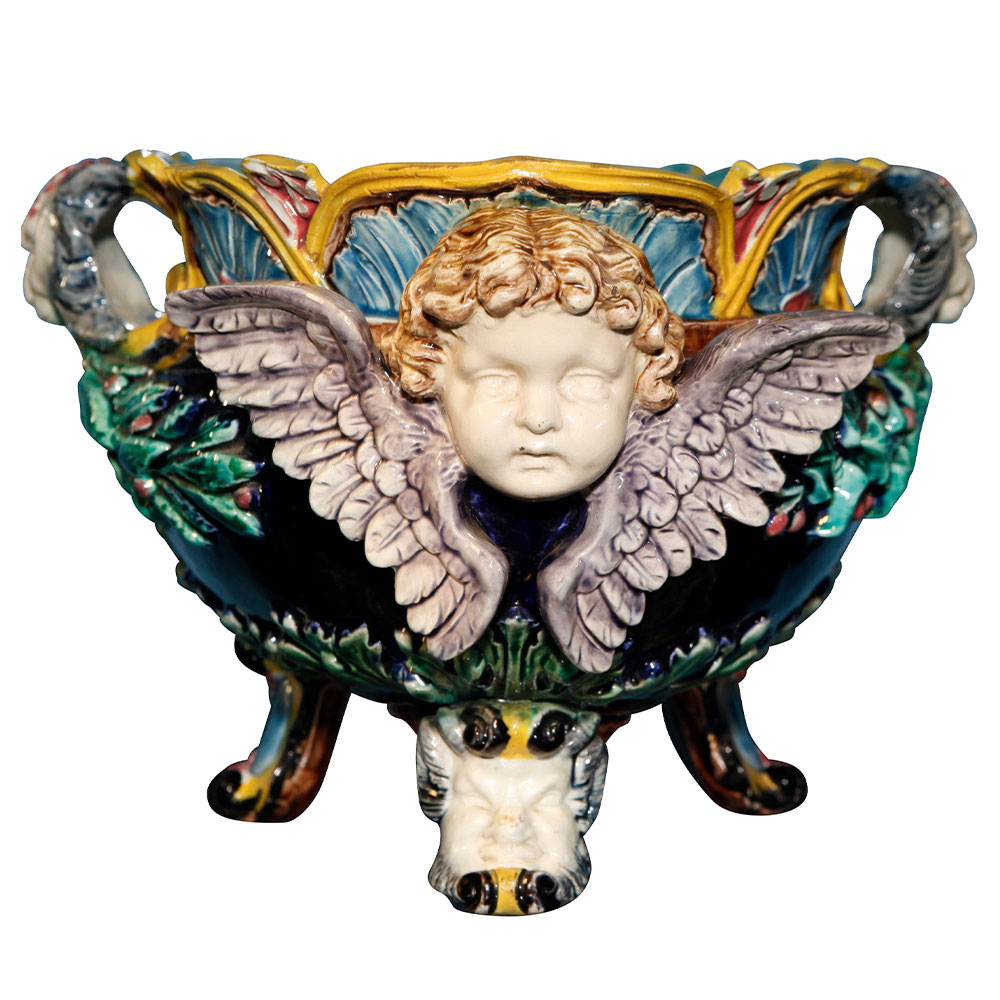
Wedgwood Majolica Cherub detail
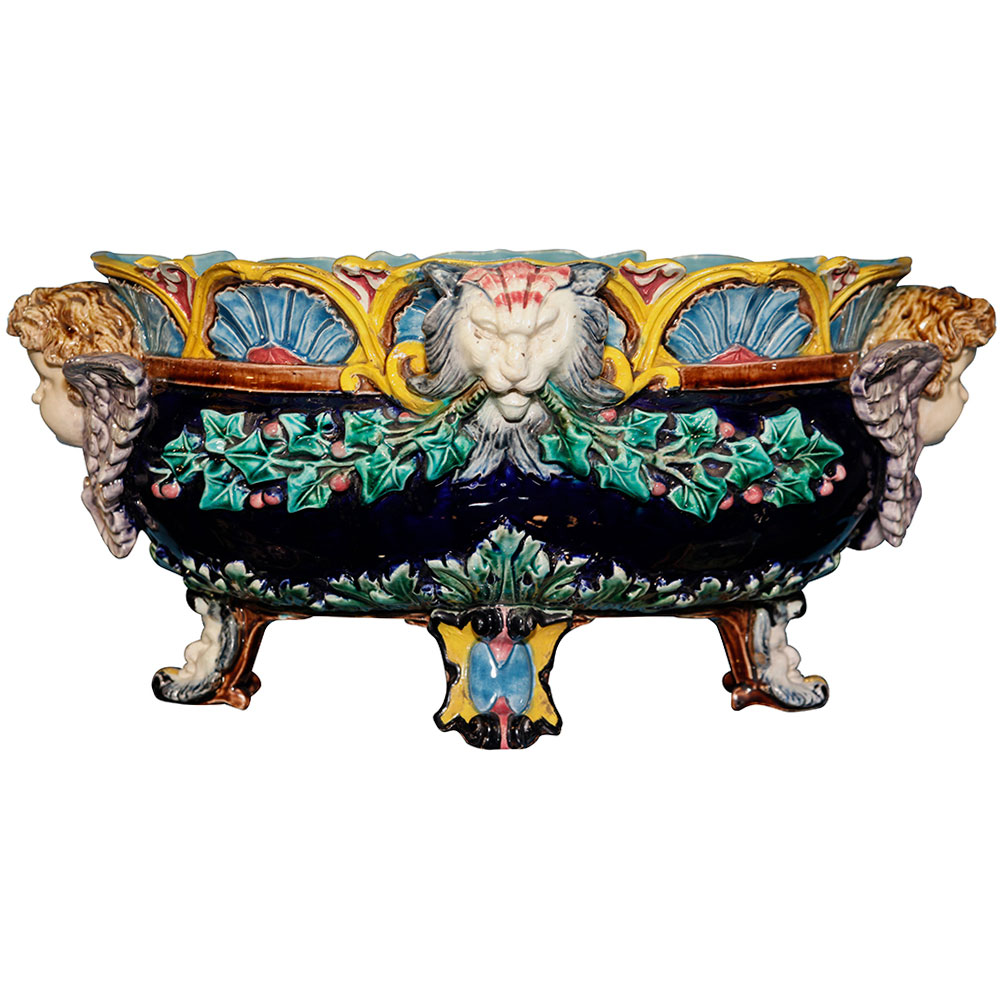
Wedgwood Majolica Cherub Bowl
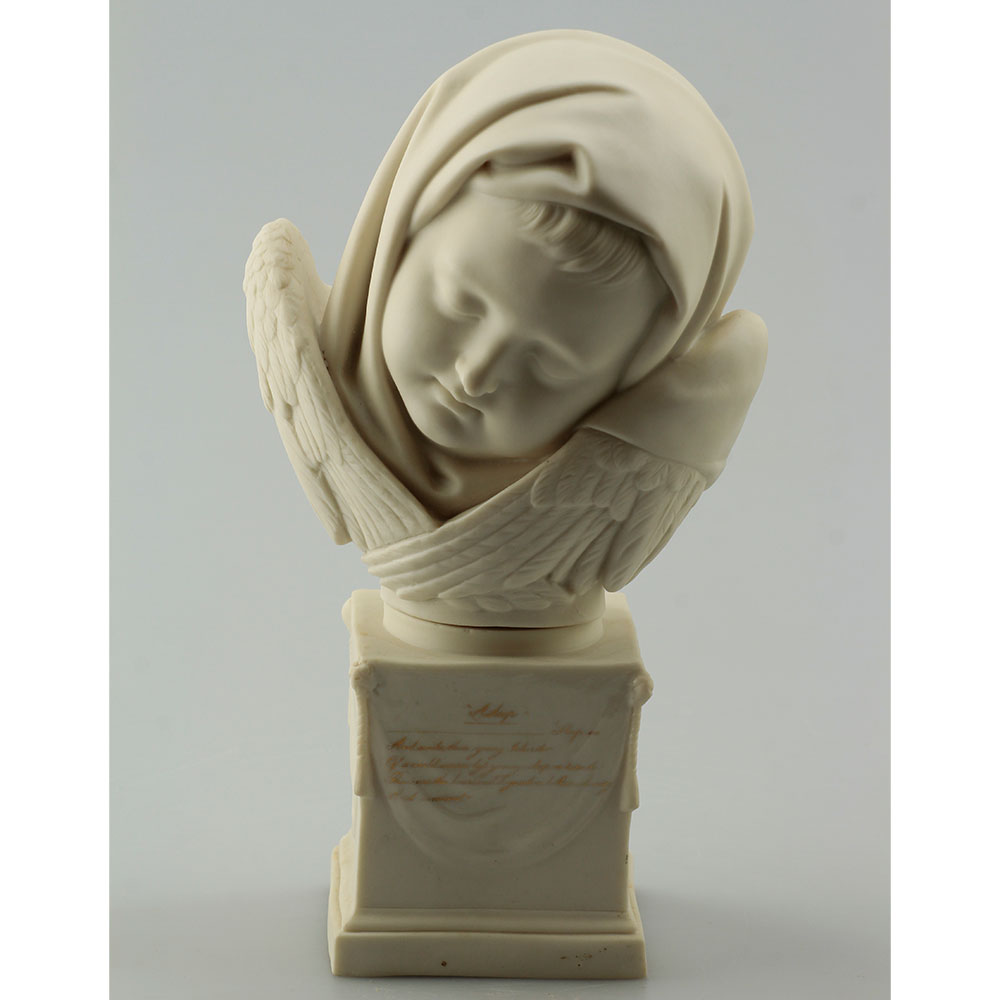
Copeland Angel Asleep
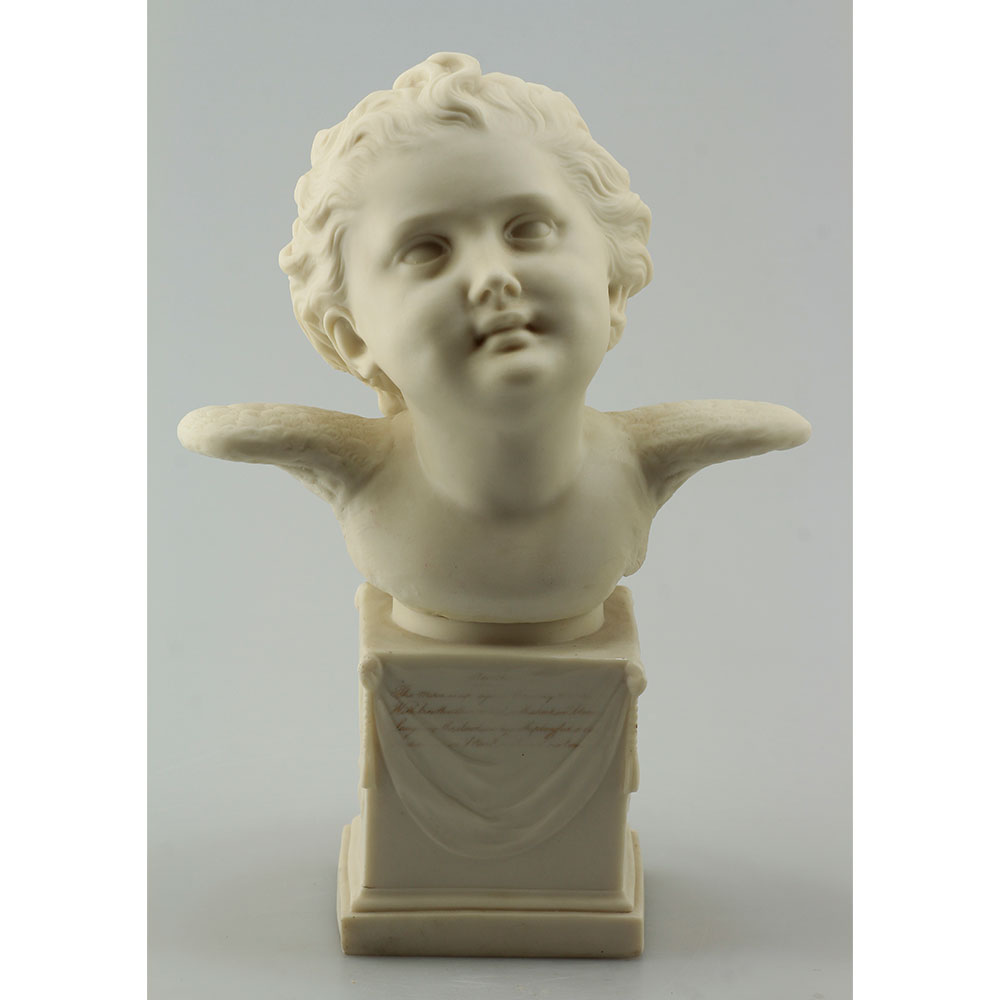
Copeland Angel Awake
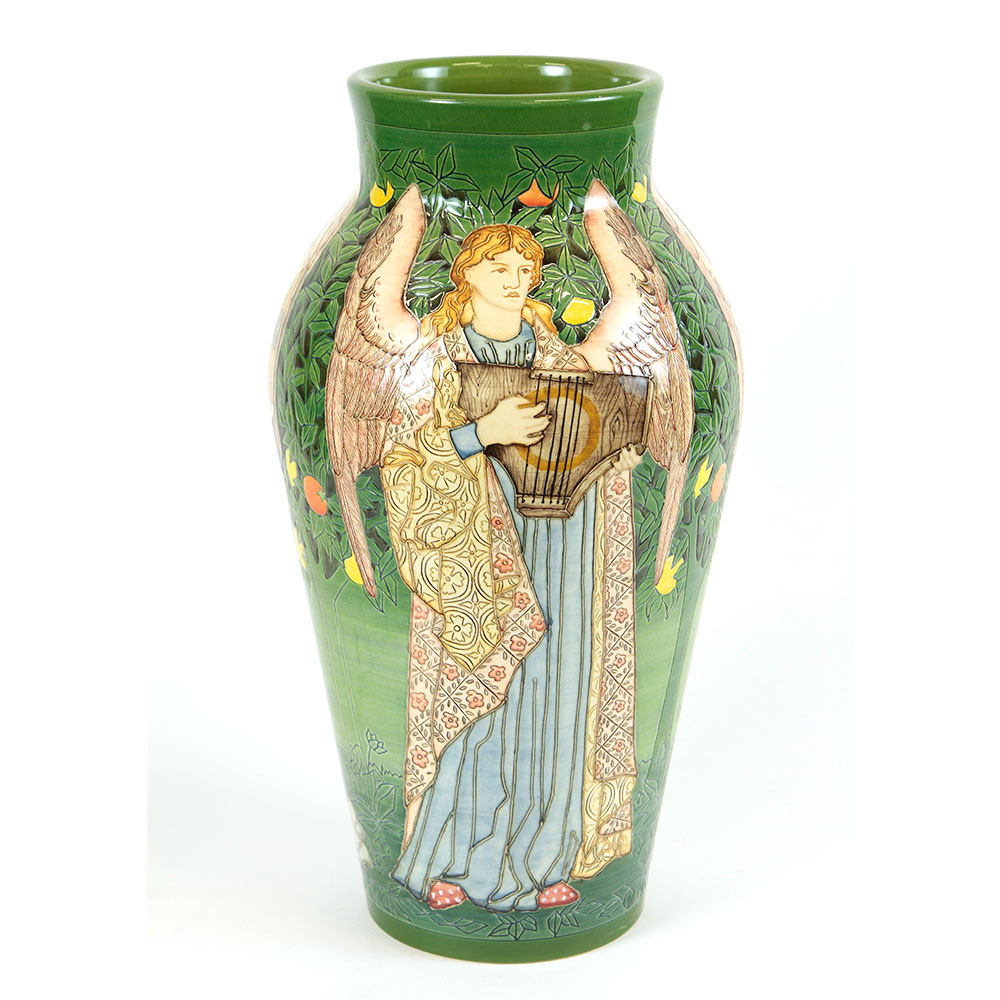
Dennis Chinaworks Angels by S. Tuffin

Dennis Chinaworks Angels by S. Tuffin

William Morris Angel Tiles
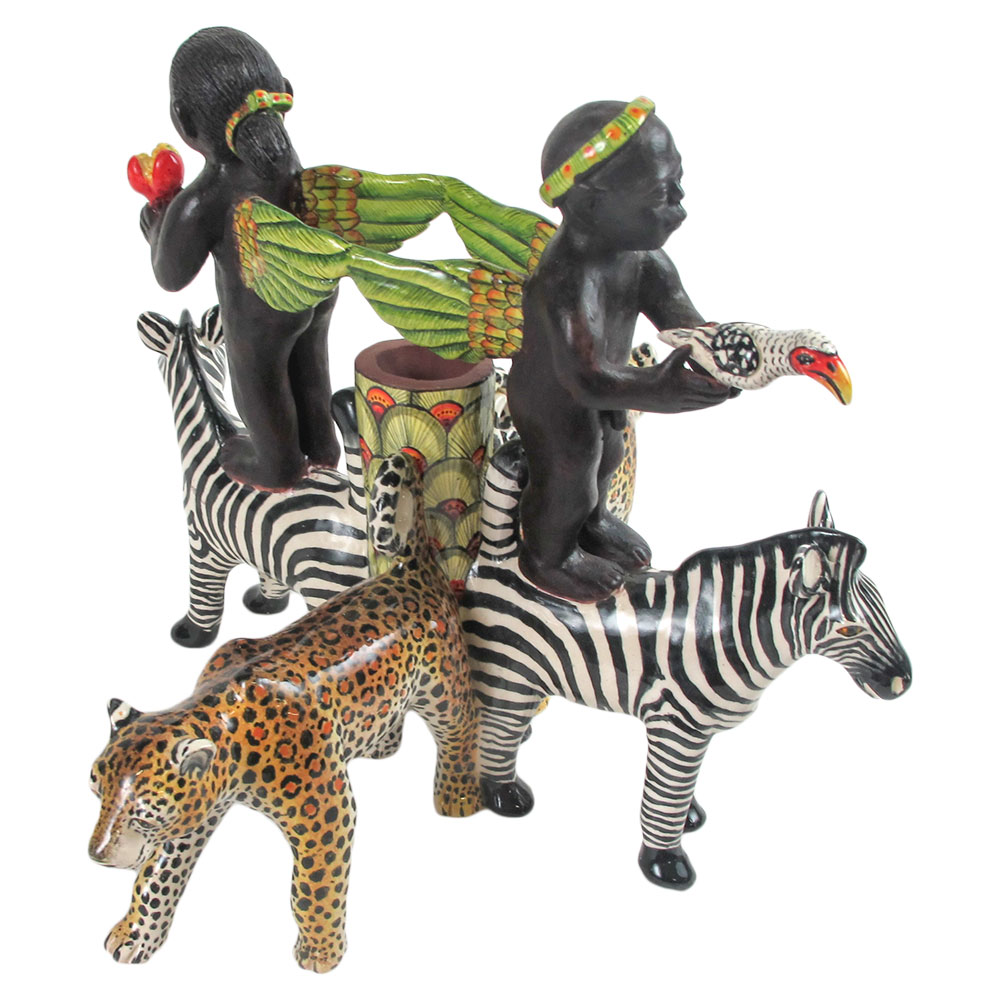
Ardmore Angel Candeholder

Ardmore Giraffe Ornament

Ardmore Giraffe Ornament

Ardmore Ornament Tree
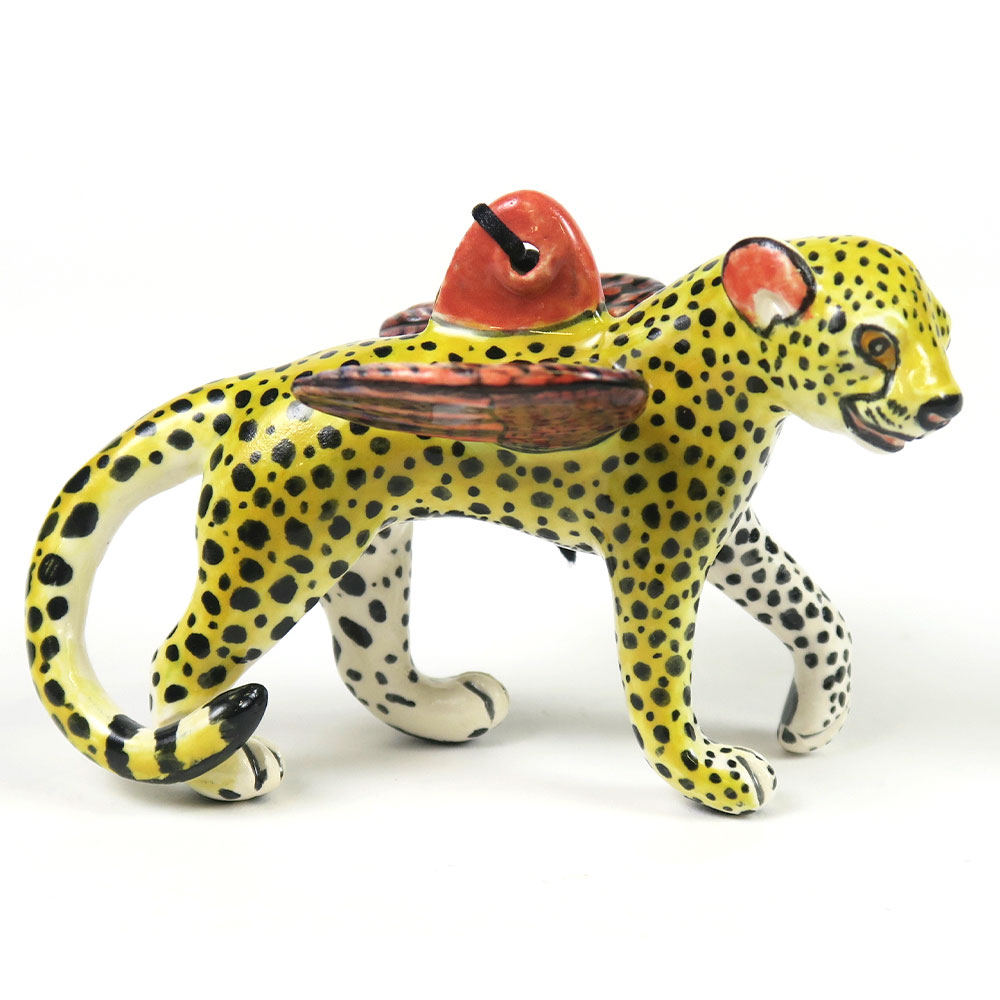
Ardmore Leopard Ornament
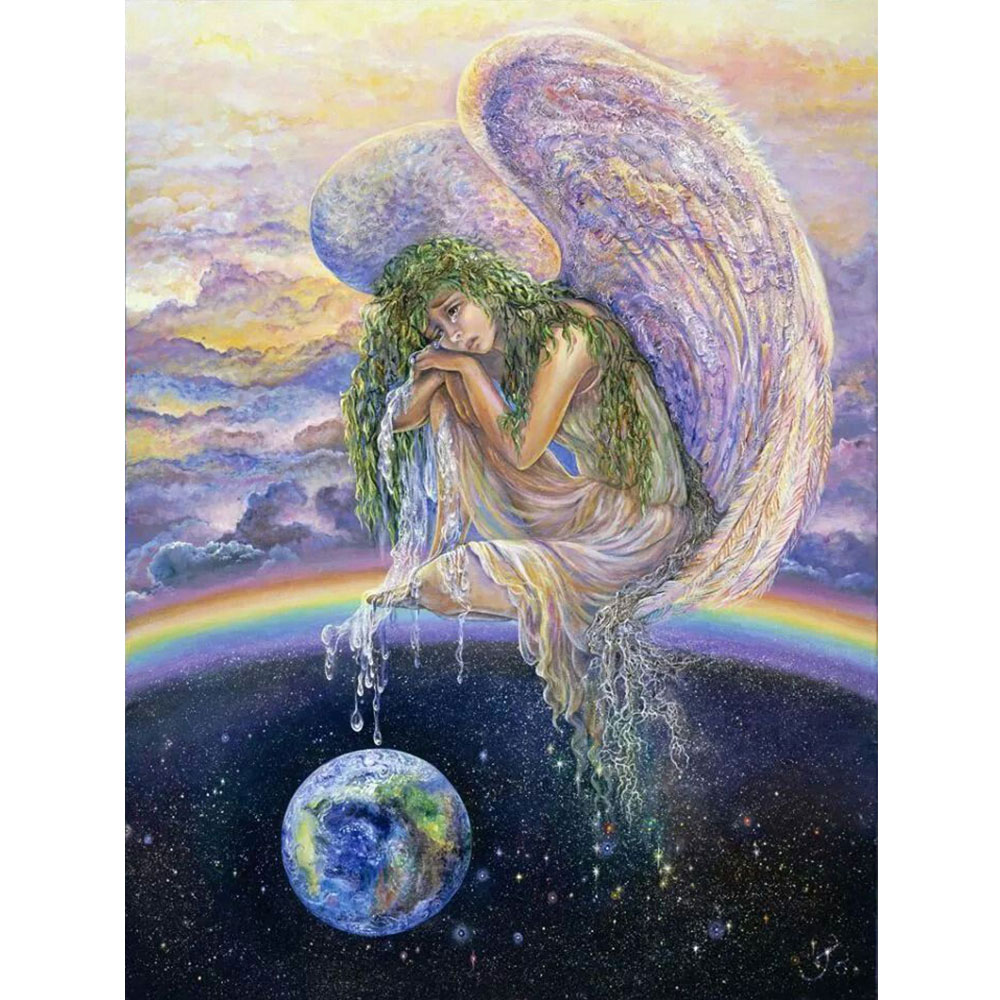
Josephine Wall Angel

Josephine Wall Guardian Angel

Josephine Wall Earth Angel
